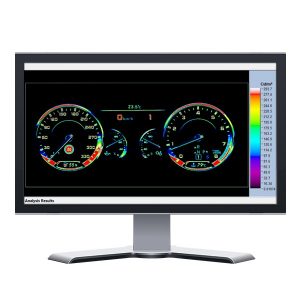Optical equipment and components for the automotive industry
Meet some of our most important innovations for future autonomous vehicles
To meet the technical requirements of the automotive market, TRIOPTICS France offers a range of solutions and concepts, either individually or in combination. Discover below some of the possible applications that will revolutionize the automotive industry and make daily life easier for professionals in the sector.
Camera module assembly
With the ProCam® series of measuring and production stations, TRIOPTICS France offers solutions to the challenge of assembling high-precision optical sensors. Thanks to an automated production process based on unique algorithms, our systems guarantee precise, repeatable and rapid alignment, and thus ultimately better image quality.
Optimizing this image quality leads to a significant reduction in production rejects. Active alignment is therefore an efficient production method for high-end cameras and Lidars, enabling high throughput and consistent image quality.

Proven automatic alignment technology:
- Active alignment with sub-micron resolution
- Five or six alignment axes
- Suitable for wide-angle lenses up to 170°.
- Alignment of sensor to optics or vice versa
- Components are aligned in a single step
- Solution for stereo cameras and Lidars
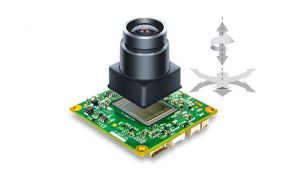
LED source characterization for automotive applications
Modern automotive technology, like consumer electronics and other industries, uses LED sources and lamps to enhance the user experience and enable more elegant, intelligent product design. Clear indication LEDs and backlit icons, as well as lamps of different shapes and sizes, need to be measured to ensure color consistency, luminance or intensity values. Our partner GL Optic provides a range of solutions for testing and measuring LEDs, OLEDs and other types of lighting products used in cars, trains and other vehicles.
The GLG A 50-1800 goniophotometer has been designed for everyday use in R&D laboratories and product conformity testing centers, where reliable data are provided by a suitable photometric instrument system.
In line with industry standards, this goniophotometer system is ready for photometric testing of the light intensity distribution of vehicle LEDs and other lamp types in H, V coordinates. Robust design, a warm interface and high-level accuracy are offered in this fast-developing industry.
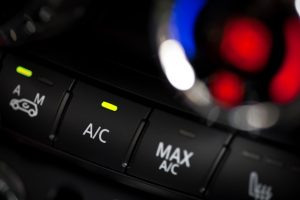
Aligning and testing LiDAR systems
The interaction between the optics and the chip in the transmitting and receiving units of LiDAR sensors must be absolutely precise and perfectly aligned. If the components are not precisely positioned, objects and distances cannot be reliably detected. In the worst-case scenario, this could compromise the safety of autonomous vehicles. Therefore, perfect performance must be ensured from the first sample to the production product. This is why TRIOPTICS GmbH has developed the ProCam® TT product range for active camera module alignment for LiDAR systems.
TRIOPTICS France is happy to help you choose the right production method and manufacture the first LiDAR prototypes with you.
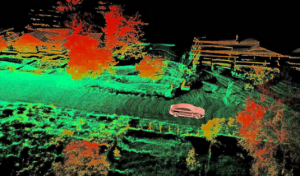
Measuring surface conditions on all materials
The 4D SurfSpec provides all those involved in the surface treatment chain with quantifiable information that can be used throughout the treatment and control process. It has high lateral resolution, capturing information from all the wavelength bands that affect surface appearance.
The 4D SurfSpec system is portable, and can be used by hand or mounted on a robot for full automation.
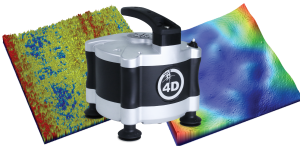
Camera-based luminance measurement
Luminous display screens found in most new-generation vehicles, as well as indicators and other icons based on LED modules, require luminance measurement.
In fact, optical tests can be carried out on touch screens, control panels or displays present in vehicles, in order to maintain a standard of quality and visual consistency for the LEDs that make them up. This is why GL Optic offers a luminance camera, GL OptiCam 2.0, used in industrial applications to check the absolute luminance level, contrast, cross-section profiling and path uniformity of these LED modules.
